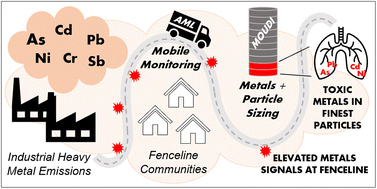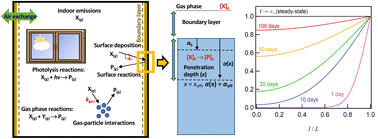Environ. Sci.: Processes Impacts, 2024, Advance Article
DOI: 10.1039/D3EM00503H, Paper
DOI: 10.1039/D3EM00503H, Paper
Ruonan Hu, Heyu Huang, Hua Chen, Jiahao Zhang, Qinmei Zhong, Xian Wu, Shengtao Yang
MOF-74(Co) NPs lower root length, fresh weight and dry weight of pea seedlings. MOF-74(Co) NPs decreased net photosynthetic rate and increased intercellular CO2 content. Released Co ions induced oxidative stress and damaged photosynthesis system II.
To cite this article before page numbers are assigned, use the DOI form of citation above.
The content of this RSS Feed (c) The Royal Society of Chemistry
MOF-74(Co) NPs lower root length, fresh weight and dry weight of pea seedlings. MOF-74(Co) NPs decreased net photosynthetic rate and increased intercellular CO2 content. Released Co ions induced oxidative stress and damaged photosynthesis system II.
To cite this article before page numbers are assigned, use the DOI form of citation above.
The content of this RSS Feed (c) The Royal Society of Chemistry


 Open Access
Open Access








